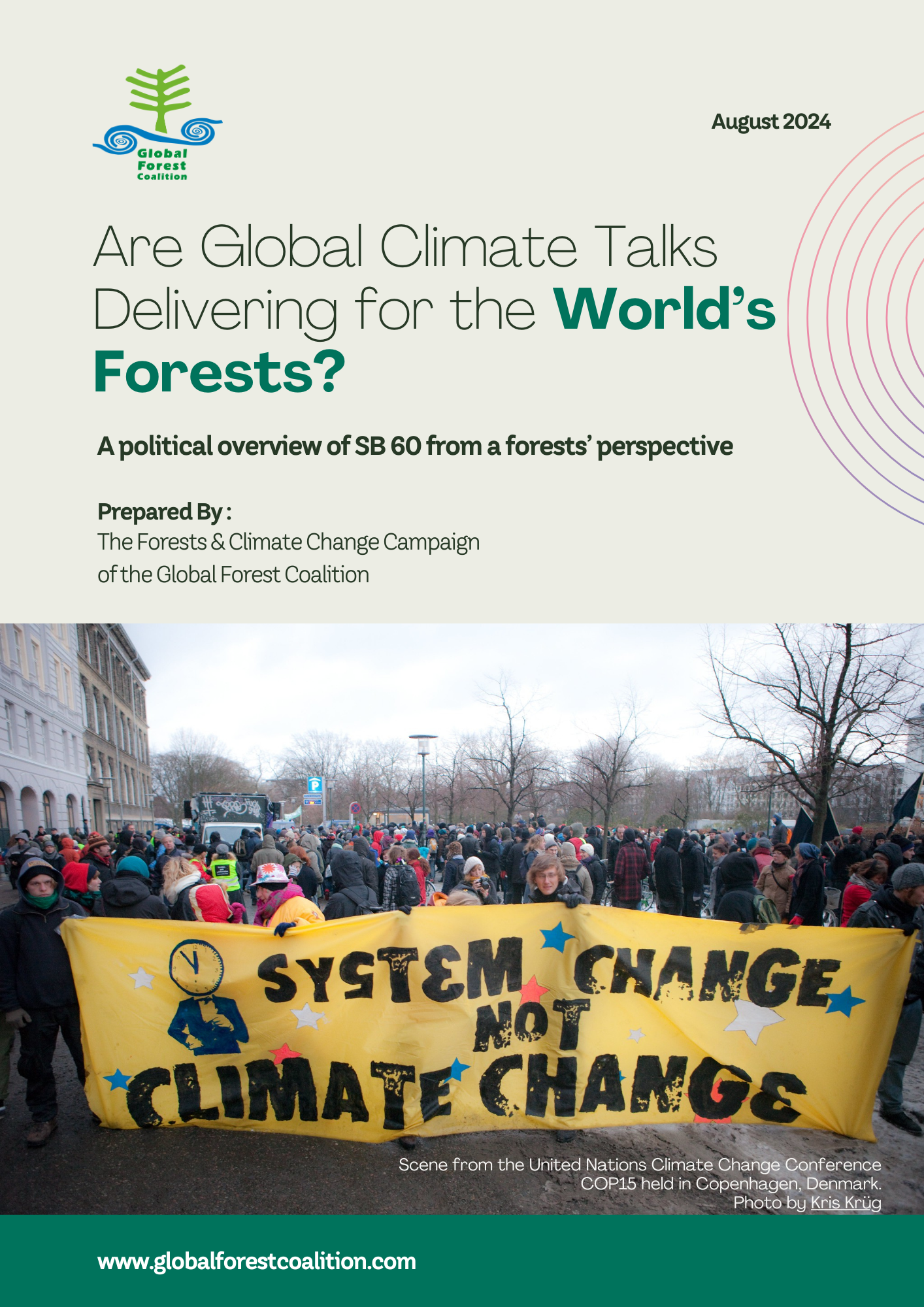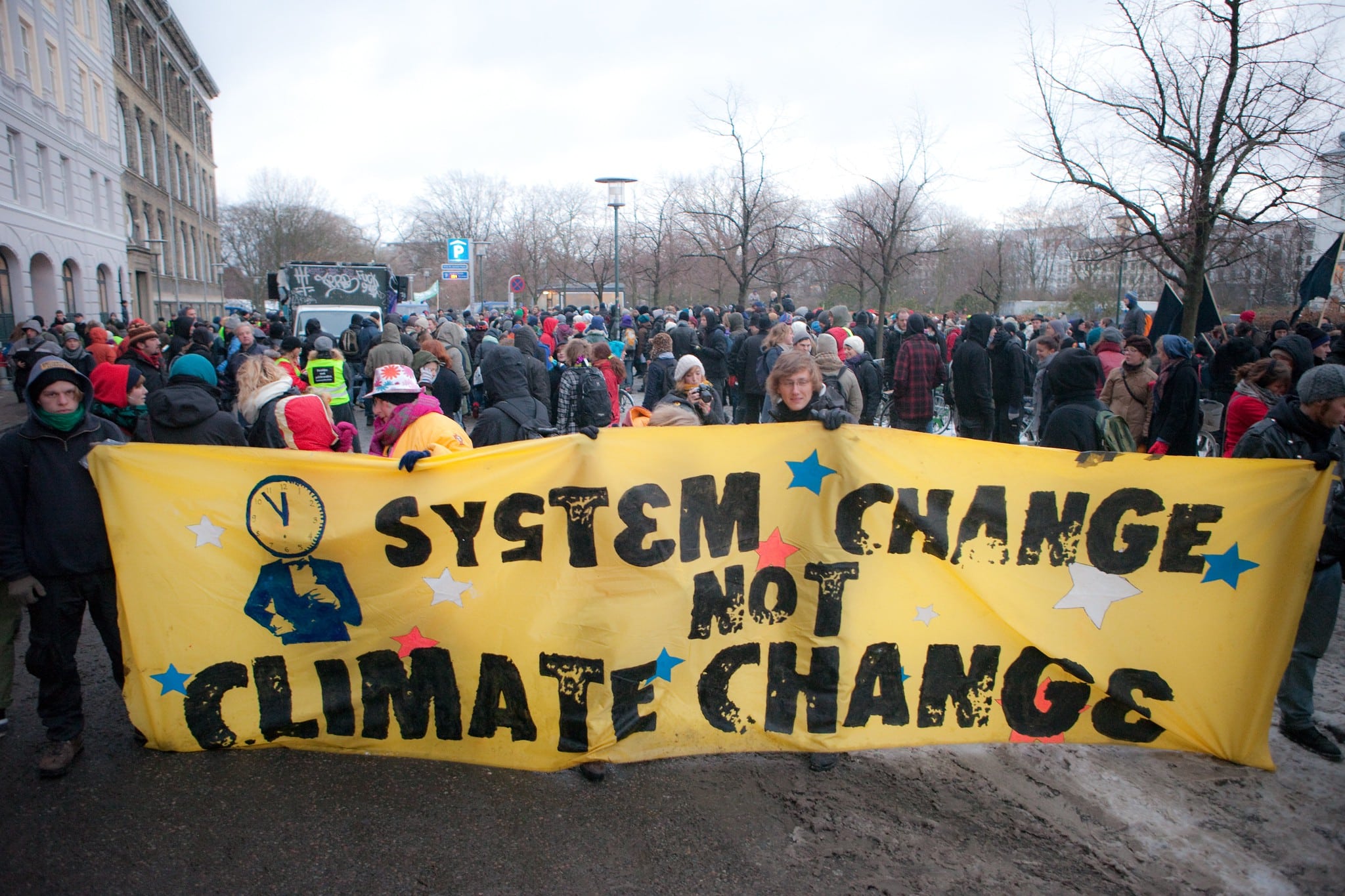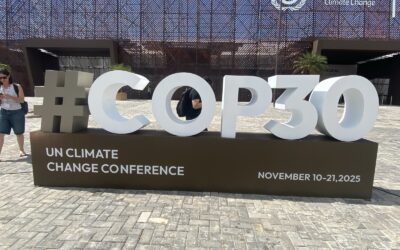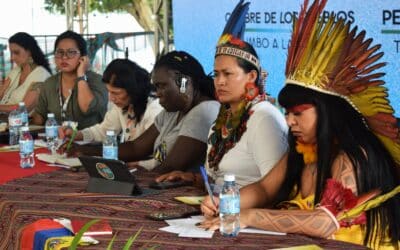A political overview of SB 60 from a forests’ perspective
Download the English version of the briefer here

The sixtieth meeting of the subsidiary bodies (SB 60) in June 2024 was no exception. Although the great weight of meeting the emissions stabilisation goals falls on forests and their inhabitants, not only is very little said about the subject but there is no discussion about the structural causes of deforestation or the constant violation of rights of Indigenous Peoples. On the contrary, the advance of what are known as False Solutions such as REDD+ and carbon markets continue their course, strengthening the pollution permit system in favour of the countries historically responsible for the climate crisis. Below, we break down some SB 60 agenda topics from the perspective of forests, land, and territory.
Real solutions
Article 6.8 Non-market approaches (NMAs) Despite the advance of false solutions that we will address below, some opportunities have not received the necessary attention but can represent an opportunity for progress in line with Real Solutions that are based on rights and respond to the needs of the people. Article 6.8 of the Paris Agreement is the door that exists to work on cooperation schemes outside of carbon markets. The text adopted in Glasgow on Article 6.8 marked a breakthrough in non-market approaches (NMAs), presenting a strong framework and a clear mandate to link them to future nationally determined contributions (NDCs). It established three paths for international cooperation: through the set of activities promoted in 6.8, through the establishment of an adequate implementation mechanism for said activities, and significant commitments of support assumed outside of the negotiations but that are clearly designed to create synergies with the non-market approaches agreed in Glasgow.
During SB 60 in Bonn, the NMA web Platform was made available to record and exchange information on non-market approaches, including the support needed and provided, for Parties participating in non-market approaches and other non-Party stakeholders. According to the site, not only interested parties but also relevant organizations, institutional arrangements, and processes under the Convention and the Paris Agreement—related to areas such as mitigation, adaptation, finance, technology development and transfer, and capacity-building—can provide information on available or provided support for financial, technology, and capacity-building needs related to non-market approaches on the NMA Platform. This includes UN bodies, multilateral and bilateral donors, other public donors, and private and non-governmental organizations. The website information goes even further, stating that the NMA Platform can facilitate opportunities, including by connecting participating Parties to identify, develop, and implement non-market approaches, and to record and exchange information for Parties that have submitted non-market approaches and are seeking support, as well as Parties and entities that have submitted information on the support available.
At the moment, the NMA Platform shows some support available and a full list of governmental focal points. While no NMA has been registered yet, during SB 60 some countries expressed interest in registering activities and projects related to agroecology and the circular economy. It is now time to use this opportunity and work in a coordinated manner so meaningful, rights-based projects and initiatives can be included in the web platform and find support in various forms.
Just Transition (JT) A Work Programme on Just Transition (WPJT) was adopted at COP 29 containing a series of promising elements. The activities within this WPJT continued in SB 60 with a first Technical Dialogue that centered on how countries could integrate just transition into their national climate policies that then continued with negotiations on how to move forward with the Work Programme. For the block of G77+China, it was important that the work Programme would land in a Work Plan but so-called “developed” countries preferred to keep JT within national contexts through the NDCs. As parties could not get to a consensus at SB60, this matter will continue under discussion at COP 29.
Shifting away from fossil fuels has been a demand from the peoples’ of the world for decades, but the possible paths require further discussion so they do not become a simple replacement of fuel under a continuation of an extractivist, colonial, and patriarchal model. There are voices from the ground working on this issue. During the XI Pan-Amazonian Social Forum that took place in June 2024, Just Transition was addressed and participants concluded that a Just Transition shall a) guarantee the right to energy in line with the collective rights of Indigenous Peoples and Nature, b) implement the autonomous energy sovereignty of the territories based on participatory planning processes, c) promote decentralization, with technological access and sovereignty, and d) promote economic alternatives as a new form of participatory governance and territorial autonomy. The energy transition must address and repair the extractive history towards all affected communities, and remedy, recover and restore ecosystems. It was particularly shocking to hear a repeated story where resources are extracted at the expense of the decision and rights of Indigenous Peoples to satisfy the “clean energy-resource need” from the Global North. At this point, meeting the energy needs of hyper-consumerist societies, in particular from rich countries, will simply defeat the purpose of what we call now “clean energy” and create an unprecedented demand for resources that will ultimately impact those most vulnerable groups and territories that include Forests and Forests Peoples. This is why any Just Transition pathways considered under the UNFCCC are addressed under a holistic approach that sets clear limits to consumption.
False solutions
False Solutions are defined by the False Solutions Mapping initiative as initiatives, projects or proposals that claim to advance the protection of the planet and its inhabitants with formulas that include deception, technical flaws, supposed technological innovation and a discourse that claims to confront change. climate, but which continues with the consumption and hoarding of wealth as we know it. The greatest risk is not the deception and confusion it causes, but in addition to being useless, it generates greater damage to the planet and makes invisible the true efforts of the people to overcome the multiple crises that have been inflicted upon us.
REDD+: One of these False Solutions is the REDD+ scheme adopted within the framework of the UNFCCC, whose ineffectiveness in stopping deforestation is documented, for example, in the recent Global Forest Coalition (GFC) brief titled: Who Really Benefits? The way REDD+ has failed forests and those who protect them.
SB 60 reflected an interesting tug-of-war on where REDD+ should be included, led by the Confederation of Rainforest Nations. Whether Article 6.8 on non-market approaches would be an ideal place to nest Article 5, which includes reference to REDD+, or Articles 6.2 and 6.4, should promote offsets under REDD+.
Carbon markets (Art. 6.2 and 6.4) Negotiations under Articles 6.2 and 6.4 promoting carbon markets remained controversial with no agreement in sight, being mired in complex methodology and efforts to dilute the rules of disclosure, transparency, and accounting.
The fundamental divide is between countries that are seeking more restrictive rules for markets and those that would prefer carbon trading to operate with less oversight. Sadly, the blame goes not only on developed countries but also on developing ones.
The text forwarded for COP 29 in Baku, unfortunately, recognises this dilution with respect to transparency and disclosure under Article 6.2, related to information on the trading of Internationally Traded Mitigation Options (ITMOs), or simply for offsets. The COP 29 Presidency is of the firm opinion they want to resolve the impasse in Baku and hope to produce a consensus text on Articles 6.2 and 6.4 which also means we can further see many dilutions facilitating the operationalisation of the compliance carbon market, promoting many more disastrous false solutions such as geo-engineering in the form of Bioenergy and Carbon Capture (BECCS).
Biomass: Large-scale ‘modern’ biomass is a false solution claimed to be a renewable energy but which is actually as emissive as coal per unit of energy produced and contributes further to climate change, deforestation and other adverse impacts on communities, and human rights abuses throughout the supply chain. The core driver is the UNFCCC carbon accounting rules and Intergovernmental Panel on Climate Change (IPCC) inventory reporting methodology that shows emissions of combustion for fossil fuel energy generation at the smokestack but does not show the emissions of combustion for biomass energy generation. The agenda of SB 60 did not provide space for the carbon accounting rules to be addressed and there is no place in the formal agenda of the UNFCCC for the necessary review.
However, several intervention doors should be considered in the UNFCCC concerning Biomass. Paragraph 33 of the global stocktake decision of COP 28 emphasizes the importance of conserving, protecting and restoring nature and ecosystems towards achieving the Paris Agreement temperature goal, including through enhanced efforts towards halting and reversing deforestation and forest degradation by 2030. Existing carbon accounting methodology for land and forests is not fit for the purpose of measuring progress on this as well as being insufficient to address modern bioenergy. Article 6 carbon markets negotiations proceeded and a push to conclude them at COP 29 brings the danger of many bioenergy projects being supported.
In relation to Agriculture, there might be an opportunity to highlight the negative impact of bioenergy on food sovereignty and food security through the occupations of agricultural land, especially by monoculture tree plantations. This could become a hot issue in 2025 at the Brazilian COP and is relevant to Article 2.1b. Other areas of activity relevant to biomass include the pursuit of a Global Renewable Energy Target and the related preparation of Parties’ NDCs to be lodged next year. Predictions by the International Energy Agency (IEA), International Renewable Energy Agency (IRENA) and the Food and Agriculture Organisation (FAO) of a doubling of bioenergy by 2030 and an expansion by three or four times by 2050, with the major component being solid modern biomass (wood), are alarming. To counter this, redirecting financial flows away from harmful subsidies (Article 2.1c) and pressing this as a focus for synergistic action in the context of the Convention on Biological Diversity (CBD) focus on harmful subsidies and biomass is a developing initiative to carry into the negotiations.
Other matters
According to reports, official delegates left Bonn with a sense of pessimism about achieving the required course correction. Despite two weeks of negotiations, there was little progress in defining the modalities of a new dialogue for implementing the Global Stocktake (GST) outcomes. Disagreements persisted over whether the dialogue should focus primarily on financial means of implementation or include all elements of the GST decision.
The mitigation work programme discussions were particularly contentious, with no agreement reached on inviting intersessional submissions or summarizing the Bonn discussions for the upcoming meeting in Baku. Many parties criticized the reluctance to address mitigation action, arguing that it should not be a “taboo topic.” However, false solutions from geoengineering and monoculture plantations, biomass energy and other top-down approaches continue to be pushed to the top of the pile of “solutions.”
Disappointment also surrounded the lack of progress on the Global Goal on Adaptation and the identification of research needs and timely inputs from the IPCC. On issues such as gender, parties only managed to adopt procedural conclusions, agreeing to continue discussions in future sessions based on the Bonn deliberations. Overall, tangible progress was scarce and mainly related to the initiation of review processes.
Looking ahead to the next COP in Baku, there is concern over the absence of substantive progress on the new collective quantified goal on climate finance, which must be defined before 2025. Key issues such as the donor and recipient base remain unresolved, and meaningful discussions on the quantum of the goal have yet to occur. Reaching an agreement on this goal is crucial, as it will shape the trajectory of climate action for years to come. GFC continued to press that finance must not be debt-creating instruments and must not include disruptive and destructive subsidies. We also highlighted the importance of securing land rights and food sovereignty through agroecology, decentralized energy projects, and accessible climate finance.




